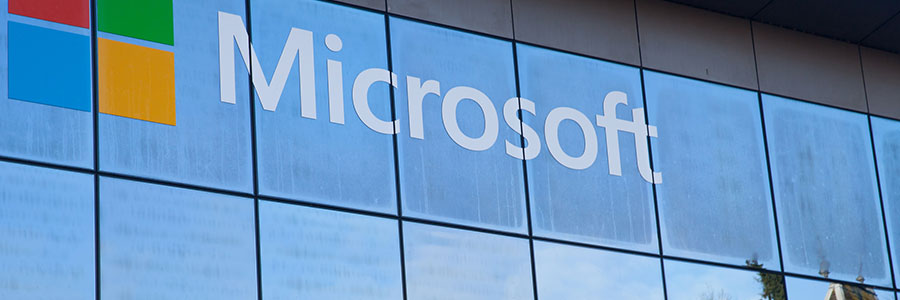According to NetMarketShare’s September 2018 data, 40.88% of users are still using Windows 7. The popular operating system (OS) is currently on extended support, but only until January 14, 2020. For Windows 10, the support clock runs out sooner than you might expect.
Preparing for Windows end of support
Controlling security risks of virtualization

Virtualization security often ends up on the back burner, and you probably didn’t even realize how important it is. However, like the rest of your technology, a virtualized infrastructure must be secured. To help keep yours protected, here are some of the security risks involved with virtualization and ways to control them.
Windows releases a new patch for PC users
Microsoft’s latest patch fixes critical Windows security issues

Every month, Microsoft releases a large number of fixes and improvements for Windows. The latest August patch includes fixes for 48 vulnerabilities, with more than half listed as critical. If you’re a Windows user and your desktop is due for a software update, here are the essentials you need to know.
Windows 10 updates will be biannual

Updating the Windows operating system is both crucial for the security of your computers, and incredibly frustrating. Up until now, Microsoft has released patches and updates unpredictably and often at a pace difficult to maintain. However, the company behind the world’s more popular operating system has announced it’s making some changes.
Attacks on WordPress websites
Microsoft releases patches for Windows 10

Windows 10 may be widely regarded as a massive improvement on Windows 8, but Microsoft’s latest operating system has its share of imperfections as well. Fortunately, Microsoft has issued important patches to remedy security vulnerabilities, problems with the Windows store crashing, and a myriad of other issues.
New security patches for VMware machines

While virtualization still has a host of security advantages over its localized counterparts, it isn’t exempt from the attention of cyber attackers. Most recently, one of the industry’s leading software vendors, VMware, was forced to release a patch for a critical vulnerability that allowed underprivileged users to attain access to administrative rights.
WordPress 4.5.3 patches security vulnerabilities
The security risks of virtualization

While virtualization security is not often talked about, it is nevertheless important. Like all technology, securing your virtualized infrastructure is vital to the success of your business. So what are some of the security risks posed by virtualization? And how can you mitigate them? Here are some answers you should consider.




